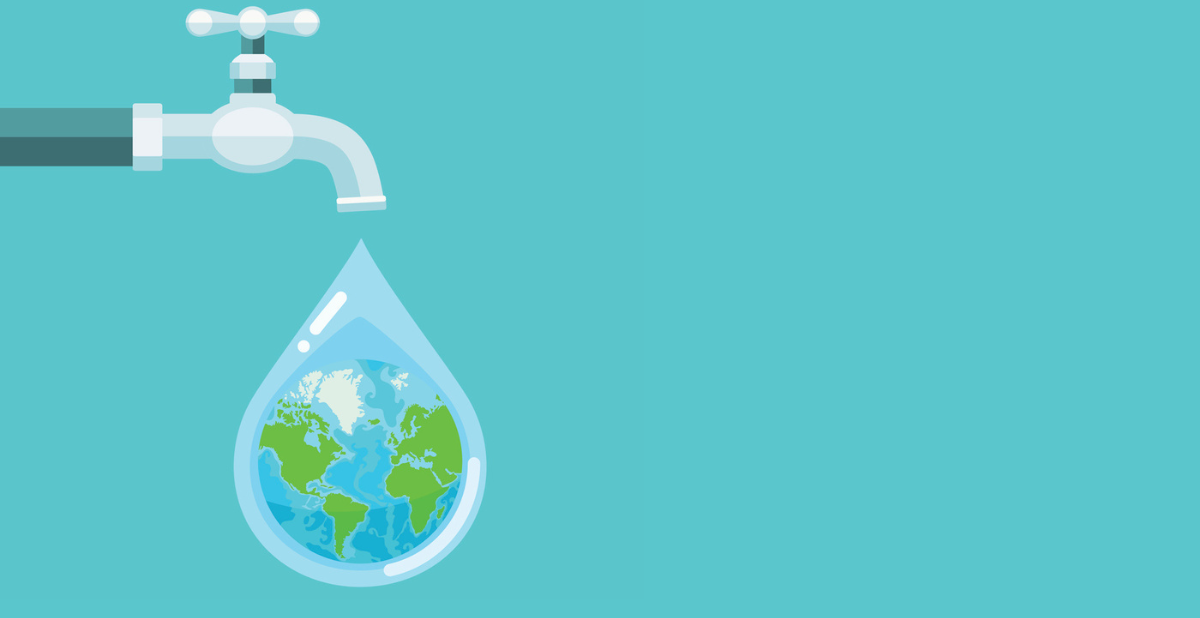Kathy Cheng: Look Behind The Scenes For Sustainability Wins

(Editor’s Note: PPAI Media’s Voices series introduces the opinions and advice of promo industry influencers on a variety of topics for which they specialize. The opinions and ideas belong to the individual writer and may not represent those of PPAI or their respective employer.)
***
The concept of sustainability has become increasingly prevalent within the promotional products industry. For many, it’s easy to focus on the end product – the environmentally friendly packaging or the branded merch item made from recycled materials.
However, true sustainability is more than just a greener end product. It’s a conscious, behind-the-scenes effort that spans an organization’s operations, a foundational pillar of Environmental, Social and Governance (ESG) criteria.

My previous article for PPAI Media underscores the importance of embracing imperfection on the ESG journey. The environmental component, in particular, is a complex system of concerted efforts to minimize the negative impacts and maximize positive influence on our surroundings.
READ MORE: Kathy Cheng: It’s OK To Not Be Perfect On ESG
We often think of sustainable products as the result we hold in our hands. In reality, being truly sustainable and environmentally friendly requires examining every step of the production process, and often thinking much deeper.
What We Did
At Redwood Classics Apparel, we’ve placed environmental sustainability at the heart of our operations.
To prepare for a carbon-constrained future, we invested in an energy-efficient steam boiler in 2018 to reduce water and natural gas use while leaving room for growth. As first demonstrated in our Impact Report, this investment reduced our water use by 6% over the past two years.
However, environmental sustainability doesn’t stop at water conservation. We took it a step further and created a novelty knit fabric program that helps reduce our carbon footprint by focusing on lower minimums and using raw materials manufactured near our Toronto-based factory. In an industry known for its long, complex supply chains, this is a noteworthy accomplishment and an example to other businesses of what is achievable.

These are just some of our company’s behind-the-scenes wins. Others have found more creative ways to make a dent in their environmental footprint. Incremental progress adds up, and there are steps you can take.
What You Can Do
The first step is to understand the necessity of rethinking traditional processes. The environmental implications of each operation, from sourcing materials to manufacturing processes, should be evaluated.
Solutions like local sourcing or implementing renewable energy sources can significantly reduce environmental footprints.
Pela, makers of compostable phone cases, set out to do this with their 2022 reduction plan. In it, they laid out their plans to streamline transportation routes, decrease end-of-life waste and help manufacturing facilities shift to renewable power sources.
Secondly, waste management can’t be overlooked. Our approach to waste, viewing it as a resource rather than a byproduct to dispose of, can be replicated across this industry and many others. With innovative thinking, companies can discover ways to repurpose waste, bringing them one step closer to a circular economy.
Genumark, one of Canada’s leading branded merchandise distributors and No. 38 on the PPAI 100, provides a great example of this idea. They’ve applied considerable effort behind the scenes to reduce their environmental footprint, including using recyclable and biodegradable materials for shipping. They go one step further, though, offering their clients options that take their shipping packaging and materials to the next step, including more compostable and recycled options.
View this post on Instagram
Finally, companies should not shy away from difficult changes. Sustainable transformation is not an easy task – it requires investment, time and resilience. But it’s worth the effort for your bottom line and our shared environment.
What This Means For Our Planet
The journey to sustainability and achieving the ‘E’ in ESG is not straightforward, and as I’ve written, it’s OK not to be perfect. The key is to take that first step, no matter how small, and to consistently strive for improvement.
Sustainability is not just a destination, but a continuous journey of evolving practices, innovation, and commitment.
Incorporating environmental sustainability into business models goes beyond achieving greener end-products. It involves a systematic change, a behind-the-scenes transformation, that can positively impact our shared environment and future generations.
So, as you continue your ESG journey, remember that the behind-the-scenes effort counts. It’s the will to strive for continuous improvement, the courage to embrace imperfections and the determination to make a difference.
It’s about being environmentally friendly on the surface and instilling sustainability deep within the core of your business operations.
Cheng is the president of Redwood Classics Apparel (PPAI 696010, IS) and a leading industry advocate on corporate social responsibility. She earned Ascend Canada’s Woman of Distinction Award for 2022.

